It’s fair to say that I’ve led a colourful life. I have been shot at twice, stabbed three times and even married. Yet, when I finally meet my Waterloo, I’m almost certain it will be in a car accident whilst heading for a carp lake. The cause of this potential accident will inevitably be an elderly lady in a Honda Jazz, tootling along at twenty miles per hour, with a serene smile on her face, unaware of the carnage around her. They are always there. Always when I’m heading to a lake. Don’t be fooled by the sweet smell of Worther’s Originals; these are deadly beasts to any impatient angler.
This article is about the birth of a new rig, a technical piece I suppose that starts ten years ago at an incredible little lake in the heart of chalk-stream country; and the journey there would inevitably be behind that omnipresent Honda Jazz.
Some of you may know the lake I will describe as it is quite unique, with a unique set of challenges that led to the invention of a rig that has changed my angling. Fortunately, the lake is owned by one of my oldest friends and he has given his blessing for the references I make to it. No photos of the lake, nor the fish it holds are allowed though – that would stretch even our friendship.
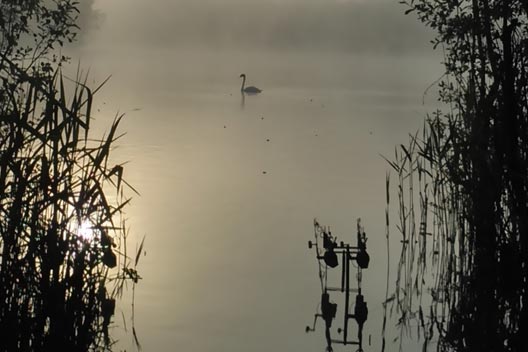
The lake is small and holds just eleven magnificent carp. It is fed by glorious chalk stream water and sometimes the flow through the lake is so great at times that trotting a float is possible! Those mahogany coloured monsters will sit under streamer weed strands, wafting over them like Bobby Charlton’s comb over.
The water is cool all Summer yet steams away in the Winter due to the constant temperature and, whilst all other lakes in the country have a lid on them it is quite possible to stalk 40’s in Evian clarity margins with frost on the ground.
The effect of the consistent temperature on the carp manifests itself in many ways. They grow steadily, they live for a very long time and they move slowly. Imagine watching an astronaut, bouncing around in slow motion. Nothing rushed, everything deliberate, and this combined with their great age makes them buggers to catch.
The lake is just a couple of acres and you can see every speck of gravel on the bottom, even ten feet down. One climbing tree in particular lets you see much of the water and you can generally spot all eleven fish and even identify all eleven from looking down, stood on its limbs. They are so distinctive and a real mixture of true Leneys, deep bodied Italians and others I haven’t a clue about. They are almost all monsters though.
The clarity, combined with the lush bankside cover meant we were often to be found lying on our bellies, noses poking out between foliage, watching giants feed an arm’s length away. They are the moments when it is easy to forget to breathe.
Let me just set for you a little more of this scene. The lake was run, at the time, as a syndicate where each member had two weeks exclusive fishing. One week in the warmer months and a second, Wintry week later on. You therefore never met another member and when you padlocked that gate behind you, it was you and those carp for seven uninterrupted days. You were allowed to bring a guest and my old mate Andy Camo was with me for every glorious day. Fishing with two of you working as a team, was a real edge.
And without Andy’s inspirational company, I would never have found out that, with a laser pen and a camera set a very slow shutter speed, you can create photos of penises on the woods beyond. That, my friends, is good angling…
Having seven days also gives you the luxury of time to find the solutions and to do things right. There were no nuisance fish in the lake, tufties could generally be driven off with the laser pens and loud cursing, so when your trap was set, it remained that way. As a result, we went to extreme lengths to get a chance. For perspective, the lake was fished by some of the finest anglers in the country, yet bites could be weeks apart and it was notoriously tricky. I guess it felt particularly hard as these fish were always visible, often feet away from your baits – yet they were grand masters at avoiding capture.

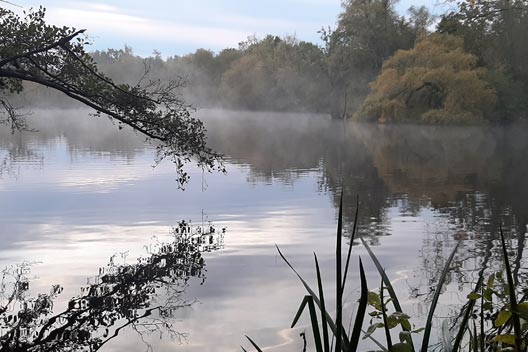
However, Andy and I had both a positive outlook and time on our hands, so we set about tackling the lake with gusto! Our attitude was that we had four rods between us and each one would be placed as if it’s the last one on earth. There were no lengths that we would not go to. Should it have been a killer tactic we would have unicycled around the lake, using a strategically placed blowpipe to fart individual grains of hemp into the margins… Blindfolded. Thankfully, this was avoided, but we did make the effort.
Being able to see the fish also enabled us to see their reactions to any disturbance that we caused. It very quickly became apparent that a lead hitting the water unsettled them. Feeding would stop and they would generally head for the nearest weed bed and sulk. Occasionally, they were more robust and would forgive us in an hour or so; other times they would sulk for days! If this was what a single two-ounce lead caused, god only knows how they would have dealt with the din created by spodding. Quite possibly a week on a sofa with a big tub of ice cream and a bloody good cry?
As a result, we decided not to cast directly into the lake. Luckily some of the fishing was simply lowering the baits in off the rod tips, though our presence would mean that many of the carp migrated towards the far marginal shelf to feed. Consequently, we would overcast the lake onto the footpath beyond, then poled the baits out quietly from that bank. Walkie Talkie’s were a real help, especially to communicate when the path was clear to cast to and thus, we avoided putting a lead through a local rambler.
Once the pole was positioned ready to ship out to the chosen spot the other angler would climb the tallest nearby tree to guide the positioning of the rig and ensure perfect bait placement. In practice it’s not easy, at lake level, to gage exactly the moment to tip, but if you are looking straight down on the spot it was a by far and away the most accurate way of ensuring our rigs are positioned inch perfect.
This area of the lake was a veritable mass of weed beds, with tiny clear patches interspersed amongst the green fronds. Only a small percentage of these spots seemed to attract feeding carp, so observation and precision were vital.
A real edge proved to be what we termed a “drop down” lead; that we used to take up the slack line as you poled the bait out from the opposite bank. There was only two of us; one up a tree and the other wielding the pole and the rod was set upright, beach-caster style on the far bank. We found that if we clipped a three-ounce lead between the tip ring and next eye down, this lead gradually dropped the twelve odd feet down to the deck as the pole is fed out from the far bank. It’s like having a really helpful, invisible mate in the swim taking up all the slack and avoiding loops of line forming as you ship the rig out.
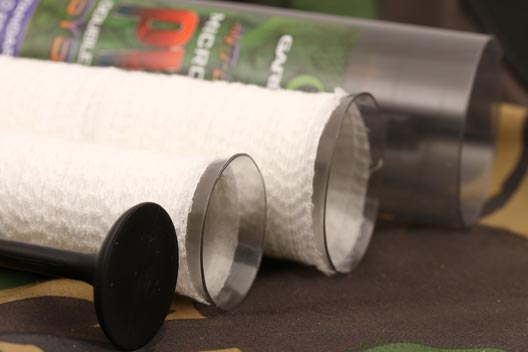
When the fish were out of pole range, we employed another fiendishly clever way of getting the hookbait positioned silently; the “cable car” method. Picture a very tight braided line running across the lake six feet above the water. The rig was the cast across on to the far bank and we used PVA string to tie it to a curtain ring that could slide along the braid. The whole lot was then slowly reeled back towards you, until your partner in crime gave the signal from his lofty perch up a tree that it’s over the spot. The braid is then gently lowered so the PVA melts and you are angling. A big effort, but worth it and a sure sign we had way too much time on our hands.
There are plenty more tales I could offer to convey the lengths we went to, but the point is that we did and loved every second of it too. In fact, it still constantly astounds me how much effort we all, as anglers, make to ultimately catch a fish and put it back…
Then, on the banks of this lake I came up with a radically different rig, a rig that moved the goalposts so far that I forgot where they were. Six months after the first use of this rig we returned to the lake for another week; a week that saw an unprecedented seven carp landed!
With that in mind, let’s talk rigs:
To begin with our rigs were simple. Well proven presentations that caught the odd fish; comprising short, supple hooklinks and semi-fixed leads. We used poles when required to sink the leader into the gravel, and even back then, over a decade ago, we were using wickedly sharpened hooks. Efficient and reliable would have been a fair summary of our rigs, I think.
Bear in mind the clarity of the lake and the eyeball to eyeball nature of the fishing; this gave us the chance to watch the fish react to our baited hooks. Truly, these were bum clenching, sweaty palmed moments that will never be forgotten.
One September afternoon Andy and I were in our usual position, namely bellies to the ground and noses poking out the marginal greenery. On this occasion Andy’s small bottom bait was so close to us that, if he had held my feet, I could have picked his rig up by hand. Sitting over the top of the bait was a mirror carp, well over forty pounds and utterly exquisite. The hookbait was visible amongst a scattering of crumbled boilies and we watched the fish hoover up some of the broken bits with a delicacy that seemed at odds with its sheer size. Whilst we watched transfixed Andy started emitting a series of bat-like squeaks; he has never been a man to contain himself.
*To balance this, I would like to add that he is an angling machine and the safest pair of hands there is though if brutal honesty was acceptable, you probably wouldn’t trust him round a tethered goat.
The fish then did a lazy circle of about a rod length and came back for another mouthful. In total, there was only six or seven boilies worth of bits in the swim, yet after a full hour of sporadic feeding the fish was still on the bait. The slow movement meant that we saw the boilie enter, then exit, the huge mouth a few times before he finally made an error. This time, the bait was not coming out and it was almost possible to register the change of facial expression as the hook did its job. Do carp swear? If so, then that was the moment. Forty-four pounds of stunning mirror then took off at high speed and chaos ensued… To be continued in Part 2


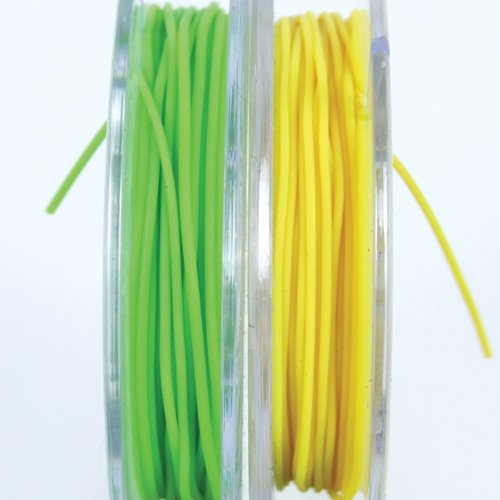
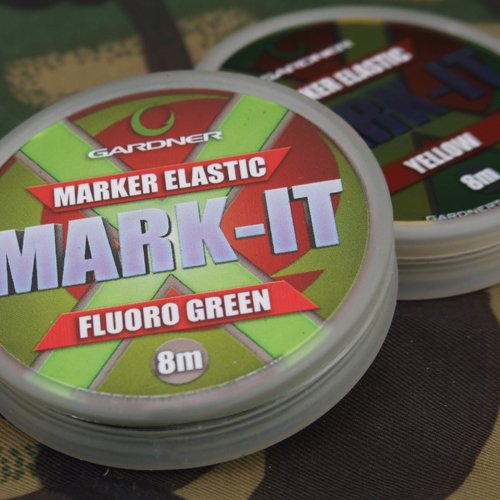
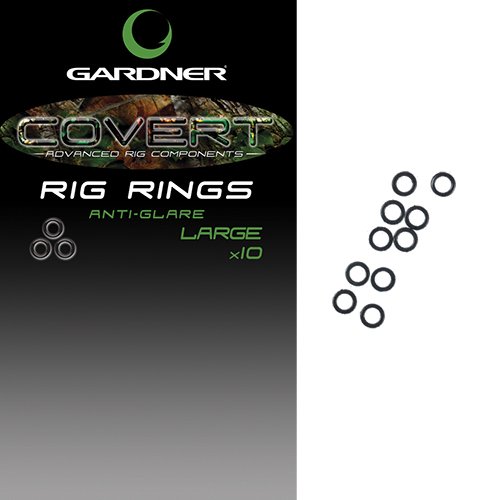
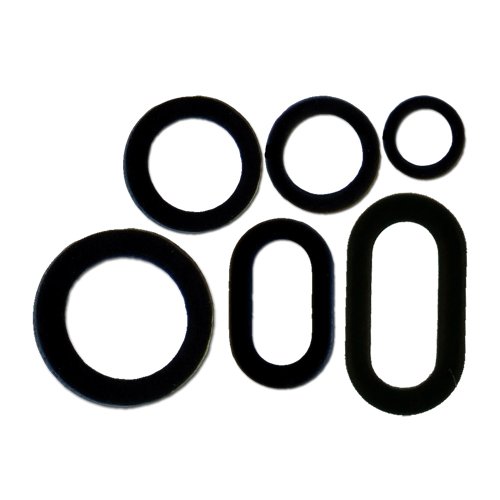
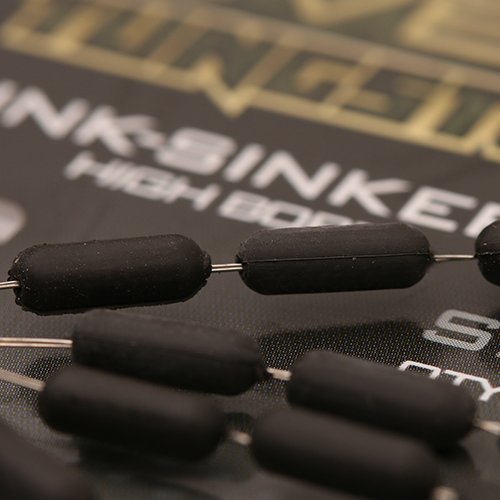


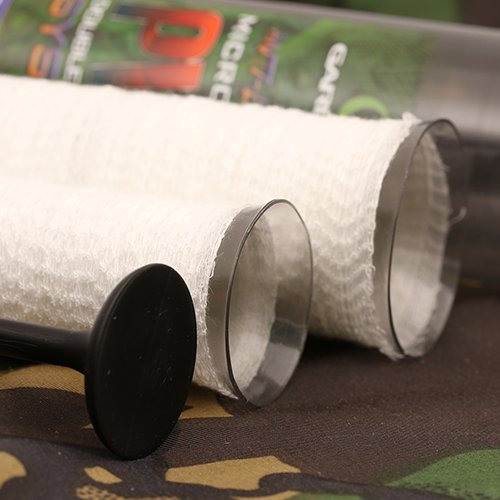


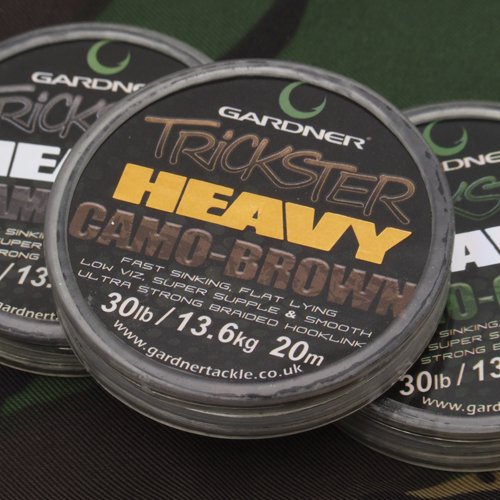
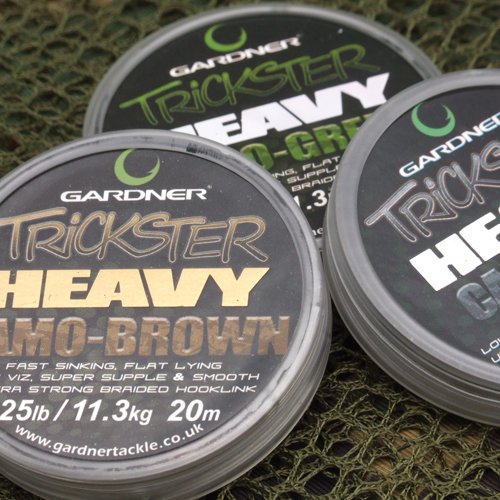
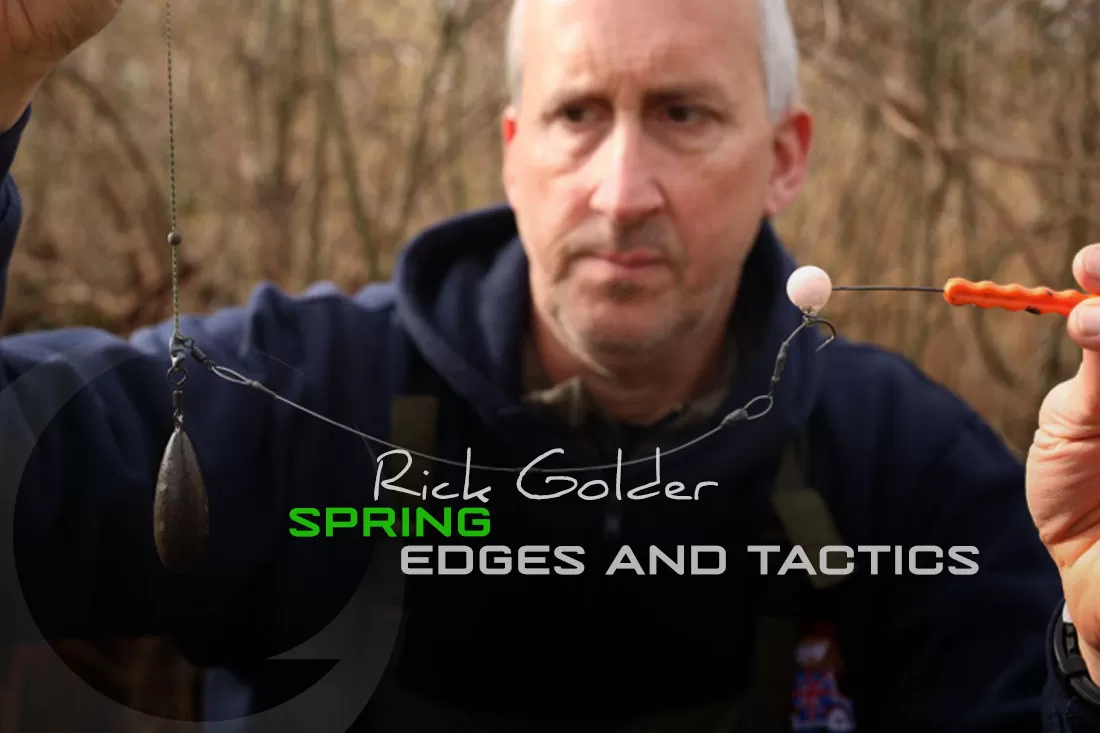
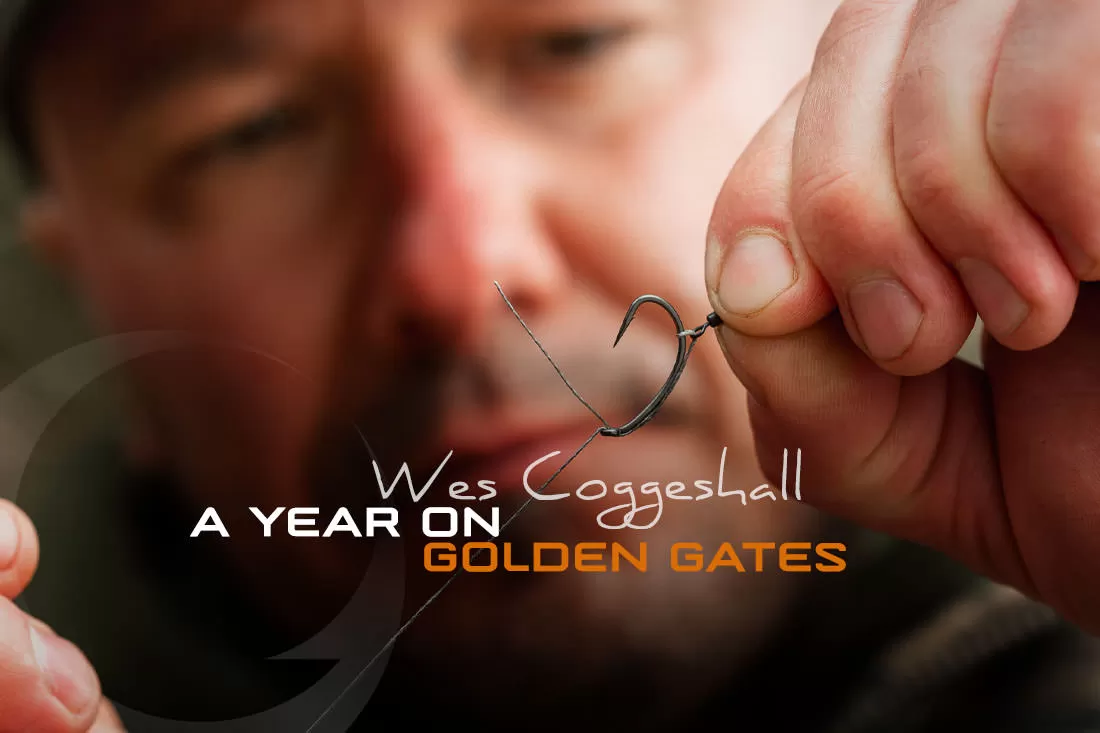
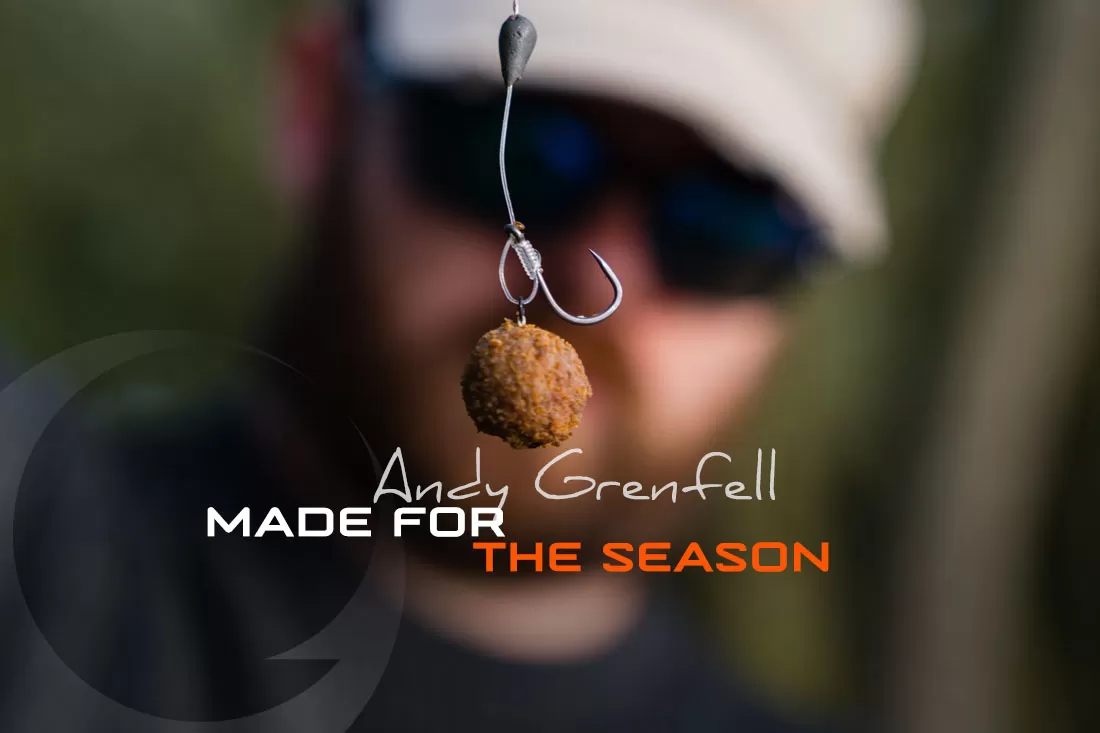
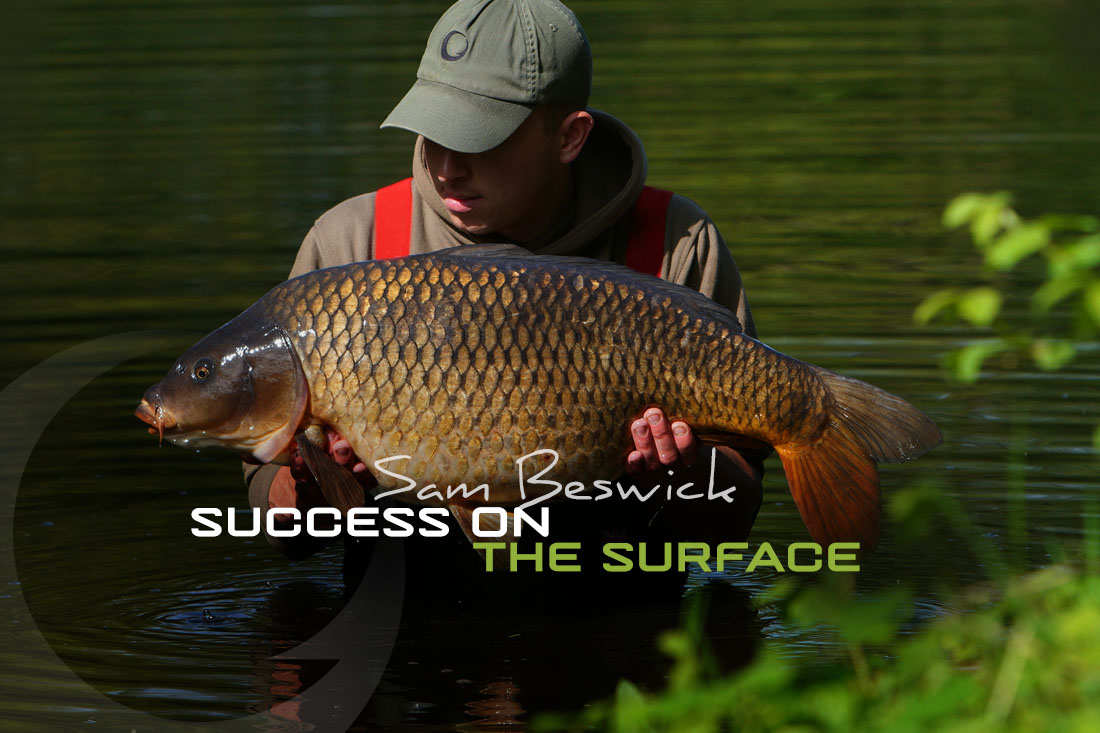
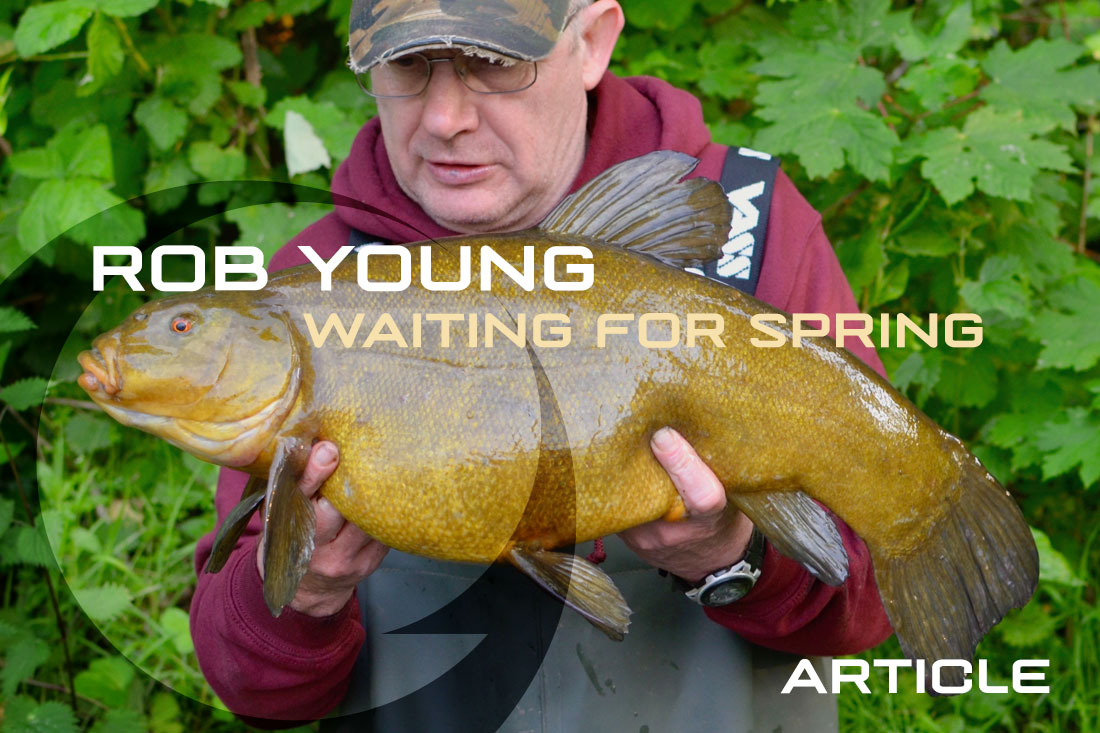
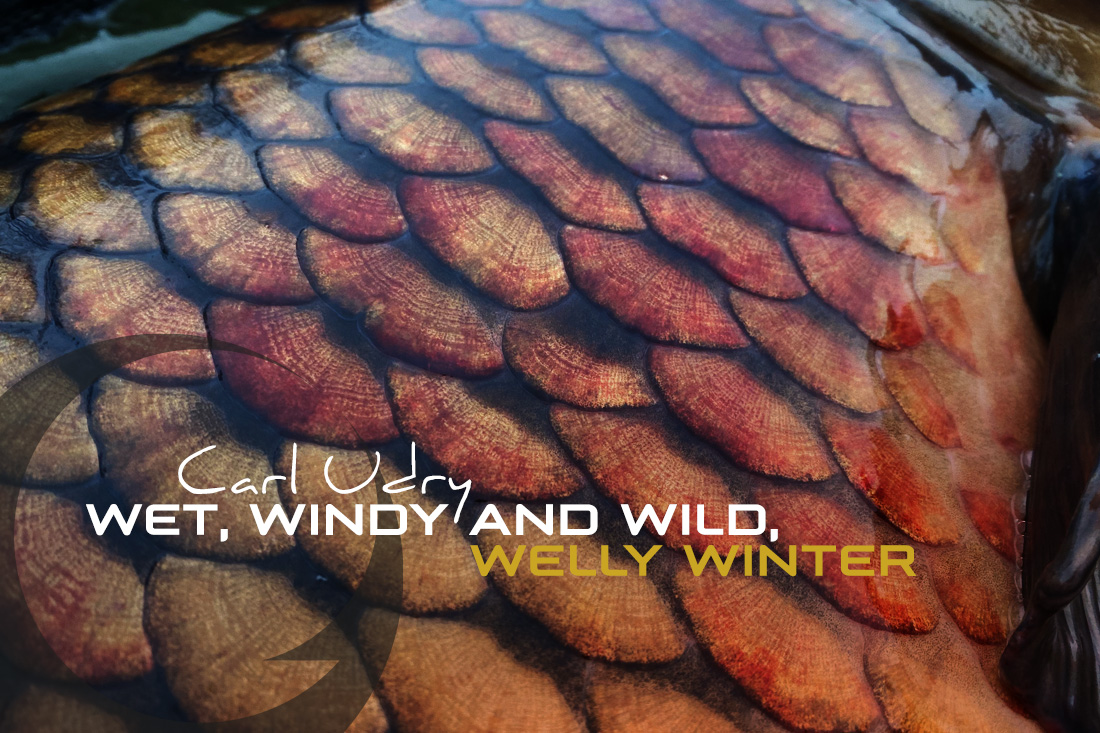
Leave A Comment